As someone who loves indie comics, I’ve been following Lawrence Lindell’s comics for a while. So I was especially excited to see their first published graphic novel Blackward hit shelves a month ago. As long as we’ve had comics, we’ve had Black cartoonists making them, but mainstream comics publishing is just barely starting to catch up in terms of Black stories.
Lindell’s been self-publishing his own comics since 2017, showcasing intersections of mental health, adolescence, queerness, punk, and Blackness (among other topics) with a signature style straight out of 90’s animation. Now a contributor for The New Yorker and putting out work as family publisher Laneha House, Lawrence is unquestionably a prolific voice in the comics world. His newest book Blackward, published by Drawn & Quarterly, follows four queer Black friends aiming to start their own zine fair for all the Black queer punks who never quite felt they fit in elsewhere.
I had the privilege of chatting with Lawrence over Zoom about their new book, how people talk about self-published comics, and why Black queer stories like this should be able to stand on their own.
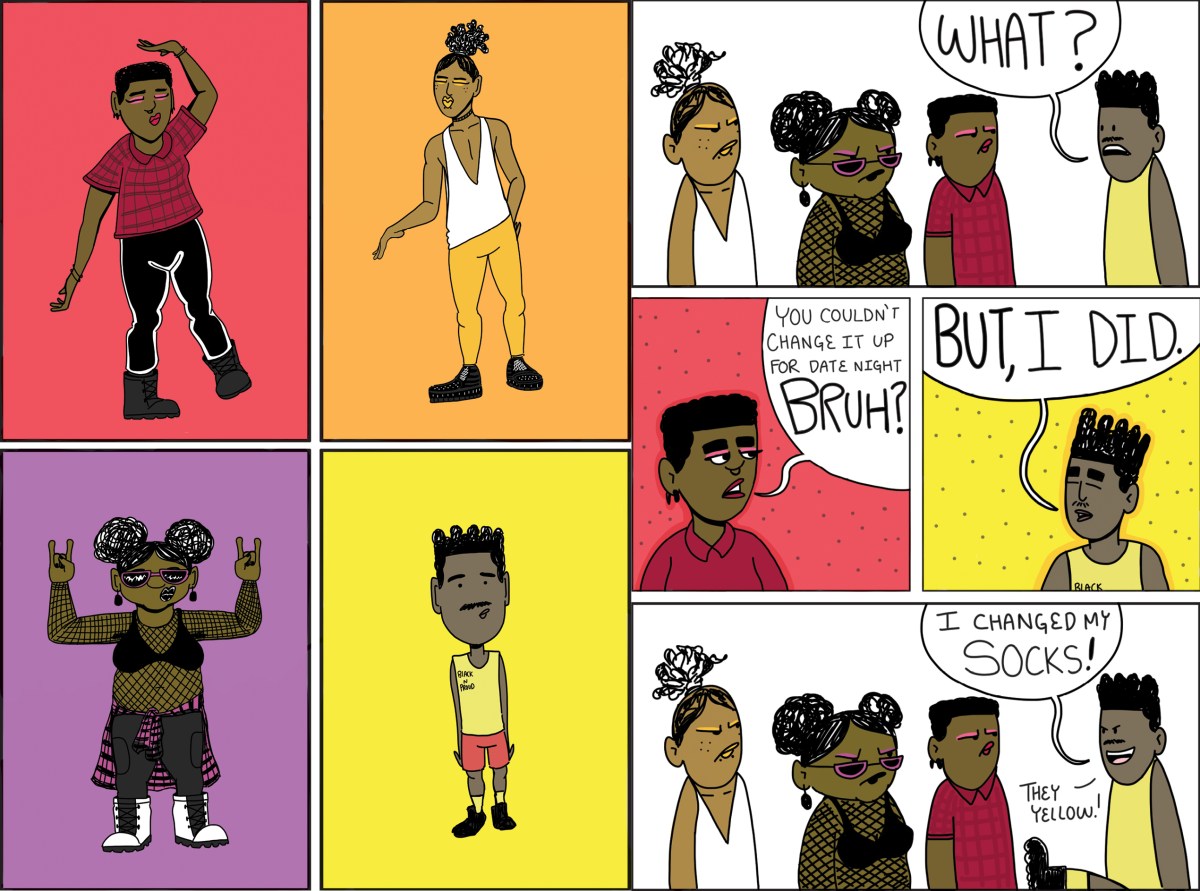
TMS: The first thing that strikes me about Blackward, other than how much amazing cartooning there is, is your characters and how they feel like queer friends in my life. They mess with each other, they flirt, they even treat each other to date night! I’d love to hear more about what drew you to your characters of Lika, Tony, Amor, and Lala, why these four?
Lindell: Originally it was just the three, Lika, Amor, and Tony, and then Lala was added. It started as a webcomic, but Lala was added as a featured [character], and she soon became my favorite to draw. People that were reading the comic were like, “We want to see more Lala”. Which had me like, hmm, it should be a group of four.
And yeah, they’re based on my real life experiences, based on real people in my life. I hope that people will read it and be like, “Oh these could be real people.” Yeah, because they are real people. I was afraid if they would get the humor of them messing with each other. Because sometimes the comic is read and people are like, ‘Why are they always yelling?’
You’ve got a huge presence in the indie comics space between your own self-published work and running Laneha House with your partner Breena Nuñez. You’re also raising a kid, and you’re putting out full graphic novels on top of all that.
That is to say: how are you doing? And what was your workflow like in putting this graphic novel together compared to your other projects?
I’m doing alright. You know, the world is… Yeah.
Anyways, it’s different because of how many people I’m working with, people I’m communicating with. People are saying it’s my debut, but it’s just my debut graphic novel with Drawn & Quarterly.
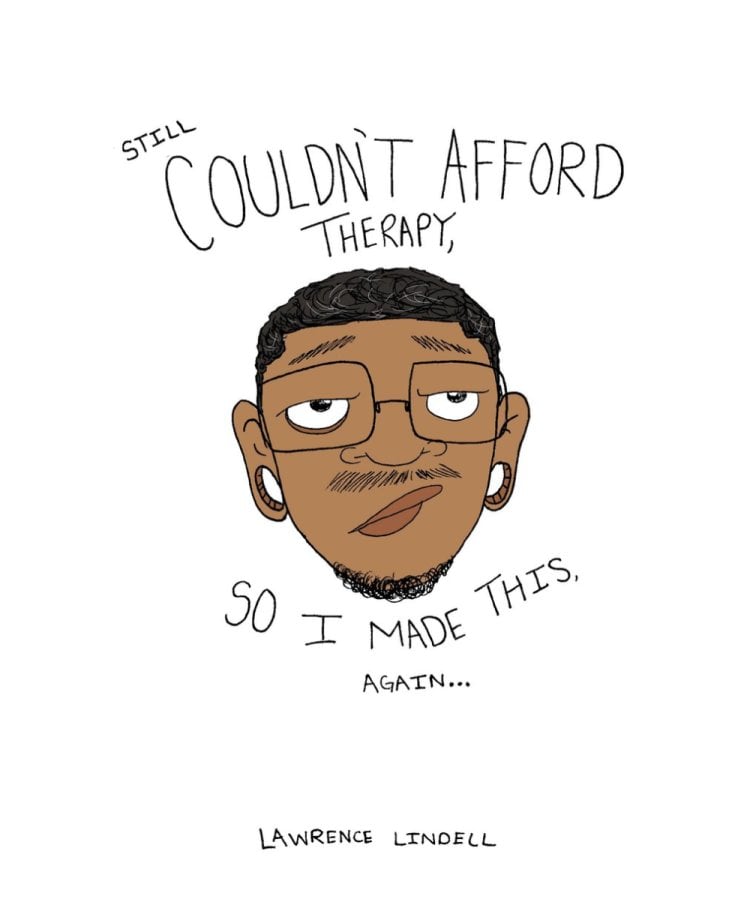
The first two books I have coming out, I worked on at the same time, which wasn’t the greatest idea, but I had to do it anyway! And also our kid was just born, so it’s a weird space to navigate where I gotta go to work but we have a newborn. I’m working from home, so that means I should be able to help more but wait, no, I’m in the office because I’m actually working. Just because I’m at home doesn’t change that.
Everyone was saying, ‘Ooh, don’t do that!’ And yeah, I get it, I agree, don’t work on two books at once. But also, we needed the money, and I’ll just do what I gotta do.
That’s an interesting thing you said about people seeing this as your debut, is that something that you’ve gotten a lot as the book was coming out? Ignoring all the other work you’ve done and seeing this as your first comic project?
Yeah, it’s weird, cause I hear, “That’s your first book?” I think that’s weird how we do that in comics. Folks could be making comics for 20+ years, but until the publisher’s somebody, it’s like, ‘Oh, you’ve arrived.’ But no, they’ve been here.
It’s funny, cause once you get published, then everyone goes back and looks at the earlier work, and then all of a sudden, that earlier work is seen as the good stuff and this is weird.
I love what you said in a Broken Frontier preview for Blackward, you mentioned that “everything has a purpose and intention”. Now that the book’s out, can you talk about some of your favorite pages/panels you worked on?
You talked about the date night, that’s one of my favorite sequences. It was manga and anime-influenced, and it was always like that when I was penciling and sketching it. There’s some things, like where Lika says it’s time for Code D, there’s four panels, and then on the third panel is when they first transition into the manga style. Which, I don’t know if anyone will care, there’s things in the book where I don’t know if they care, but for me, it’s good.
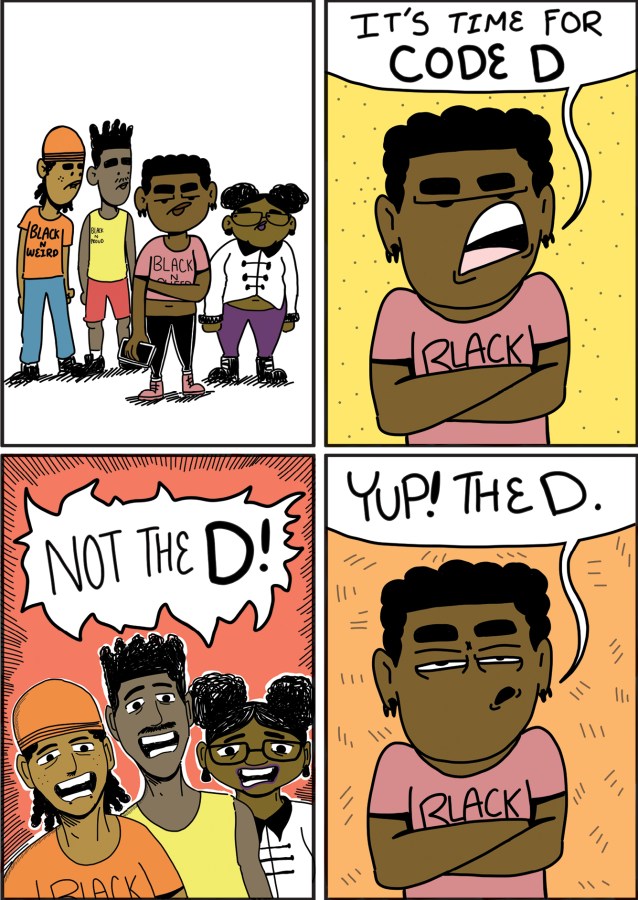
And then from that point on, it’s drawn in a loose manga style. And then, by the time they finished the transition scene, they transition back into my cartoon-y stuff. That was something I was proud of.
There’s this impulse I’ve seen from in your other interviews about Blackward to see so many depictions of Black queerness, Black joy, Black experience and assume that there’s a deliberate political statement behind it, something I think a lot of marginalized creators struggle with. Do you see yourself that way when you’re working on your comics, what’s your take on that place your work is put in?
I think with a lot of my work before, it’s intentional, this is what I stand on, but with Blackward, I just wanted to make a book about Black people having, you know, joyful moments. But I think because of who I am, like previous work I’ve done, that just naturally comes through.
And sometimes people don’t know how to respond if it’s not political, if that’s not the intention, we can’t just have a regular story. I get asked that question at every, every event, “what do you hope people learn from this?” Like, I don’t know, I just want people to read it and have fun!
I know you’ve already got your next book, Buckle Up, coming next year at the time we’re talking here. Is there anything you took away from working on this book, any lessons or techniques that you’re taking with you to your next projects, anything you hope readers will notice?
It’s funny because Buckle Up technically is supposed to be my first graphic novel. I signed on to do that one in 2020, early 2021. And then I signed on with Drawn & Quarterly at the end of 2021, but I had already gone through doing this 200-plus-page graphic novel, so Blackward was done very fast. And then while I was working on Blackward, I went back to edit, Buckle Up, which is supposed to be my children’s book, but my adult one is having more fun with the cartooning.
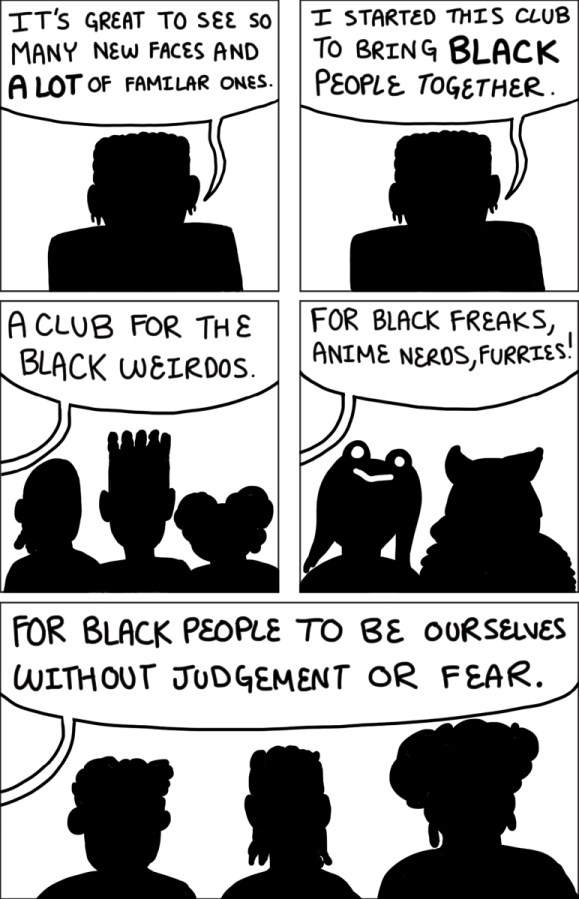
In my head [for Buckle Up] I was like, ‘Well, this needs to be a certain standard of middle-grade, YA and I’m gonna draw like this‘ and I’m supposed to be having as much fun as possible and I’m missing the opportunity to really push the cartooning. So, I went back and redrew stuff based off of what I did in Blackward, like what I should have did from the beginning because that’s my style and I shouldn’t try to change it.
I can’t tell you what to do but it’s just meant to be enjoyed, just go in and have fun. If it’s not for you, it’s not for you, that’s fine. But, you know, if it is for you, it’s just a joyful book. Both of them. There’s stuff you can learn, but the intent is for you to crack it open and have a little bit of joy.
(featured image: Drawn & Quarterly)



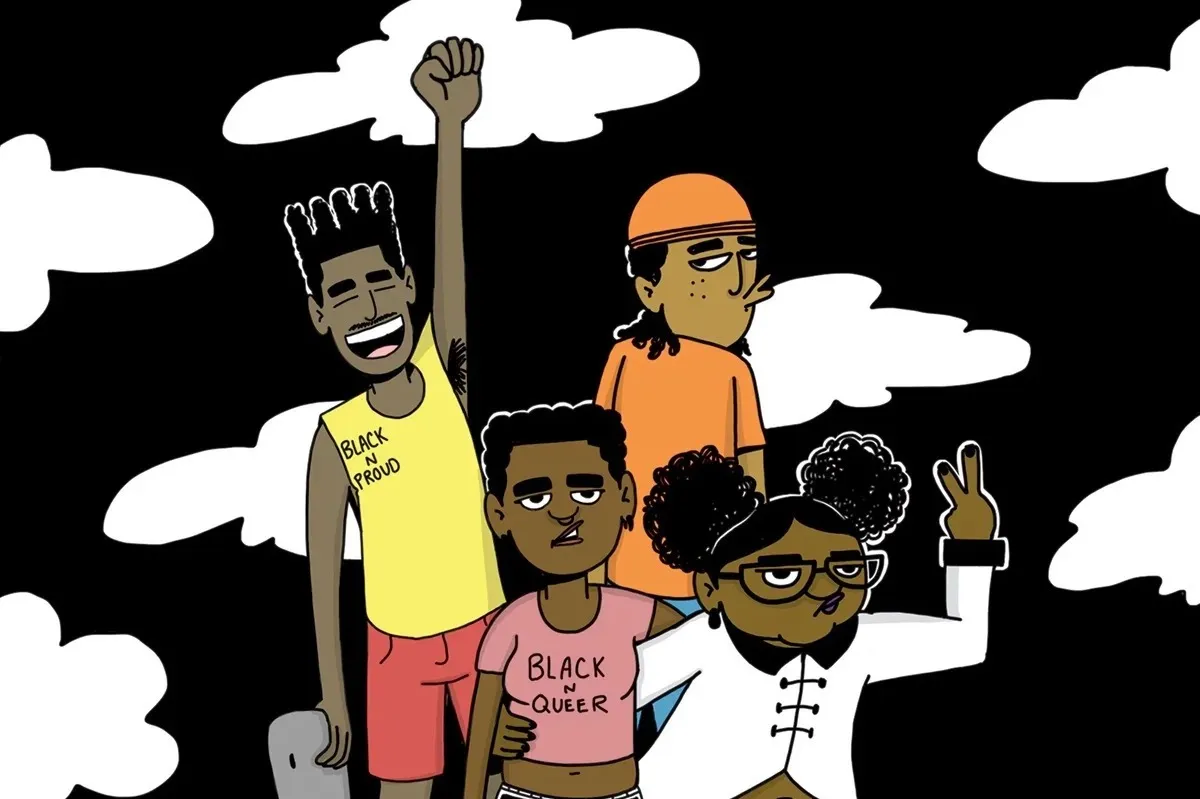






Published: Nov 3, 2023 05:57 pm